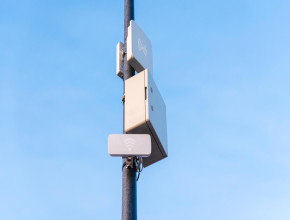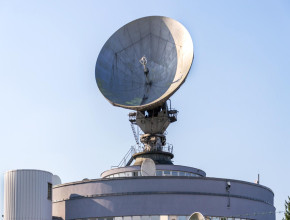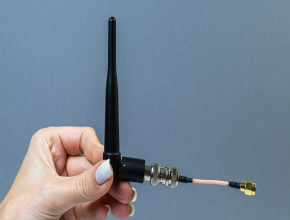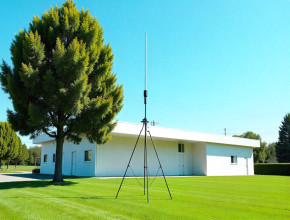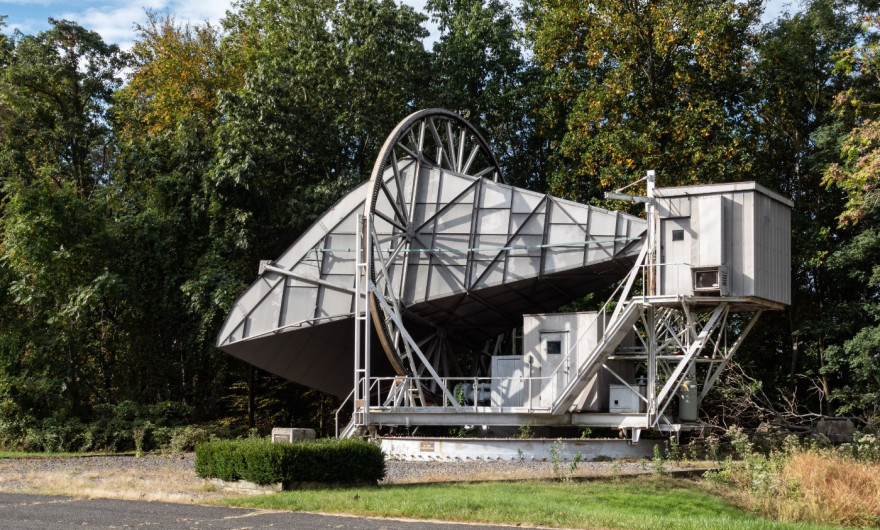
What is Horn Antenna?
The horn antenna was discovered in the year 1897 by radio researcher Jagdish Chandra Bose after several experiments. It normally operates in microwave frequency and even on super-high frequencies that range between 300 MHz and 30 GHz.
The end of a horn antenna has the shape of a horn. It has a larger directivity to emit signals over a long distance. Normally, the horn antennas are used in the form of a feed horn for large antennas like a parabolic antenna and directive antenna.
Let us discuss a horn antenna in detail with its working, design features, and benefits of using it.
Design And Working of a Horn Antenna
The design of a horn antenna can be made into a horn shape with a flared waveguide. Horn antenna is used to transmit and receive RF microwave signals. Normally, the horn antennas are used with waveguide feeds and direct radio waves in a narrow beam.
Flared portions can be in various shapes such as rectangular, conical, or square. The horn antenna must be in minimum size for proper working. In the case of the horn antenna, the fraction of incident energy is radiated from the entry of the waveguide, and the remaining energy is reflected back from the same entry because of open entry and the poor impedance matching between the waveguide and space.
In a horn antennas, the field will be generated when the waveguide’s one end is excited. The fields in the free space and waveguide will transmit in the same way. At the end of the waveguide, spherical wavefronts can be attained in the antenna.
Need of Horn Antenna
The open end of the waveguide radiates energy but only a small portion of incident energy is radiated by the waveguide. Because of the open end, there is poor impedance matching between the space and waveguide.
Diffraction at the edges of the waveguide results in the poor radiating ability of the wavelength. The radiation pattern is non-directive. The end of a horn antenna is opened in the form of an electromagnetic horn that helps a smooth transition between the space and waveguide giving a better directivity to the radio waves.
The discontinuity between the waveguide and space with an impedance of 377 ohms is removed by terminating the waveguide with a horn-like structure. This pattern offers the incident energy to radiate in a forward direction thereby decreasing the diffraction at the edges. The directivity of the transmitting antenna gets improved with better gain.
A large antenna aperture is necessary to get a higher antenna gain. A long tapering helps to get a high gain for an aperture size. Normally, the gain of a horn antenna is about 20 DB.
Final Words
Horn Antennas operate on a wide bandwidth and wide range of frequencies as they do not contain resonant elements. It has a simple design and can be easily connected to a coaxial feeder and waveguide. Horn antennas are mainly used in the astronomical field. They can be used in labs for measuring various antenna parameters.

